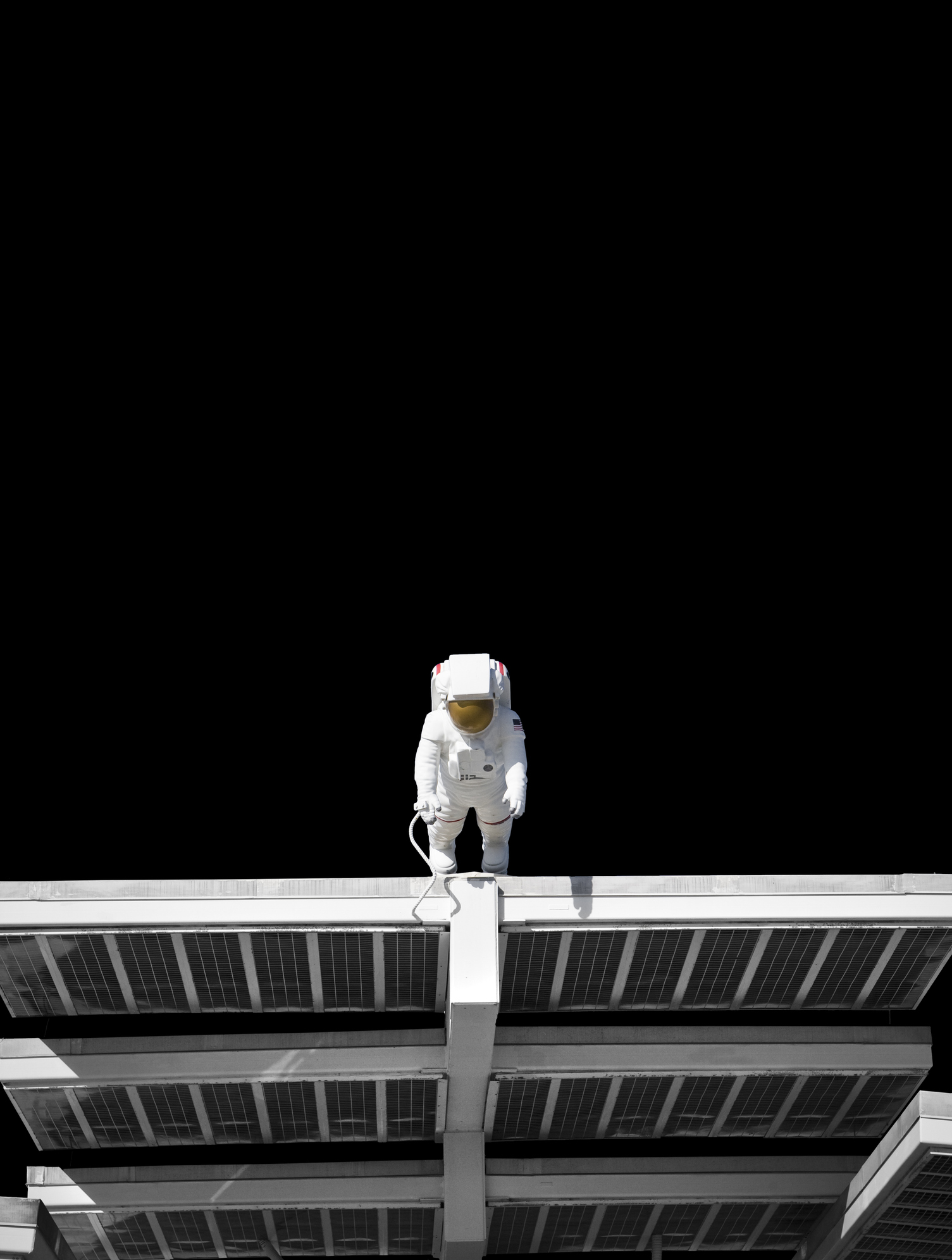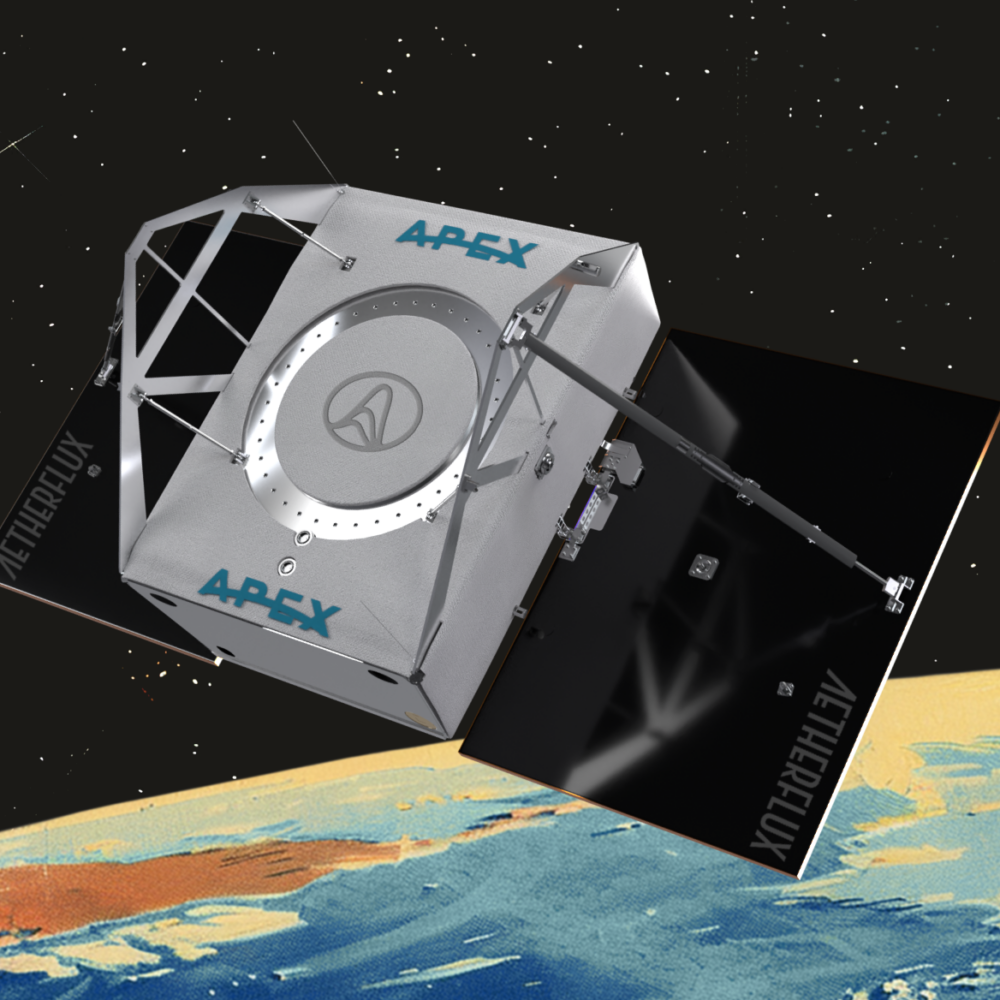From Robinhood to slinging photons.
Like nuclear fusion, the idea of space-based solar power has always seemed like a futuristic technology with an actual deployment into communities ever remaining a couple of decades away.
The concept of harvesting solar power continuously from large satellites in space—where there are no nights, no clouds, and no atmosphere to interfere with the collection of photons—is fairly simple. Large solar arrays in geostationary orbit collect solar energy and beam it back to Earth via microwaves a continuous source of clean energy.
But implementing this technology is not so simple. In recent years, in search of long-term power solutions and concerned about climate change, the European Space Agency has been studying space-based solar power. Some initial studies found that a plan to meet one-third of Europe's energy needs would require massive amounts of infrastructure and cost hundreds of billions of dollars. At best, such a system of very large satellites in geostationary space might come online by the middle of this century.
In short, the plan would require massive up-front costs, with no guarantee that it all would work out in the end.
A physicist with a plan
So when a physicist with a background in financial services told me he wants to reinvent the idea of space-based solar power beginning with a relatively small investment—likely a bit north of $10 million—it's fair to say I was a bit skeptical.
That physicist is Baiju Bhatt, who co-founded the electronic trading platform Robinhood in 2013. Bhatt served as co-CEO of the company until November 2020, when he became chief creative officer. Robinhood has, at times, courted controversy, particularly during the GameStop frenzy in 2021. Bhatt left the company in the spring of this year to focus on his new space solar startup. Space, Bhatt said, has always been his true passion.
The company is called Aetherflux, and it is starting small, with only about 10 employees at present.
"It's beyond my creativity how to bootstrap something that's going to be the size of a small city in geostationary space, and I think that's one of the reasons why the idea has died on the vine," he told Ars. "I also think it's one of the reasons why there is skepticism about the idea of space-based solar power. Our approach is very different."
That approach starts in low-Earth orbit rather than 36,000 km away from the surface of the Earth. Aetherflux plans to begin with a single satellite, launching into an orbit about 500 km above the planet on a SpaceX transporter mission about 12 to 15 months from now.
This initial satellite will be based on a commercially available bus from Apex, which will produce, on average, about 1 kilowatt of power. It's a modest amount, enough electricity to power a dishwasher. This satellite will also include a high-powered infrared laser to transmit this power back to Earth. A mobile ground station, about 10 meters across, will receive the energy.
With a single satellite in low-Earth orbit, power beaming will only be available for any location on Earth for a few minutes as the spacecraft passes from horizon to horizon.
"We've spent a lot of time over the last year with folks within Department of Defense, and with some of the folks within DARPA," Bhatt said. "The idea is like do a demonstration mission which kind of establishes the core functionality."
Where is all this headed?
One of the key aspects of the test is to determine both the safety and efficiency of collecting the solar energy in space, transmitting it through the atmosphere, and then producing a usable source of power on the ground.
If the demo mission works, Aetherflux plans to develop a constellation of satellites in low-Earth orbit that could provide power continuously and at greater amounts. Initially, the company seeks to deliver power in remote locations, such as disaster relief areas, off-the-grid mining operations, or forward operating bases for the military.
"If we can make that business model work, that's kind of the jumping-off point to being able to say, hey, could we put this on things like freight shipping?" Bhatt said. "Could we meaningfully address the ability to do freight shipping across large bodies of water with renewable energy?"
Long term, there's the potential to provide a base load of power to augment the intermittent availability of terrestrial wind and solar energy—a key need if the world is to de-carbonize its electricity generation.
But that's probably putting the cart before the horse. One of the biggest challenges of space-based solar power is that it has always been theoretical. It should work. But will it work? Trying out a low-cost demonstrator mission in the next couple of years is a fine way of finally putting that question to rest.
Hope you enjoyed this news post.
Thank you for appreciating my time and effort posting news every day for many years.
2023: Over 5,800 news posts | 2024 (till end of September): 4,292 news posts
RIP Matrix | Farewell my friend ![]()
- Mutton
-

 1
1



3175x175(CURRENT).thumb.jpg.b05acc060982b36f5891ba728e6d953c.jpg)

Recommended Comments
Join the conversation
You can post now and register later. If you have an account, sign in now to post with your account.
Note: Your post will require moderator approval before it will be visible.